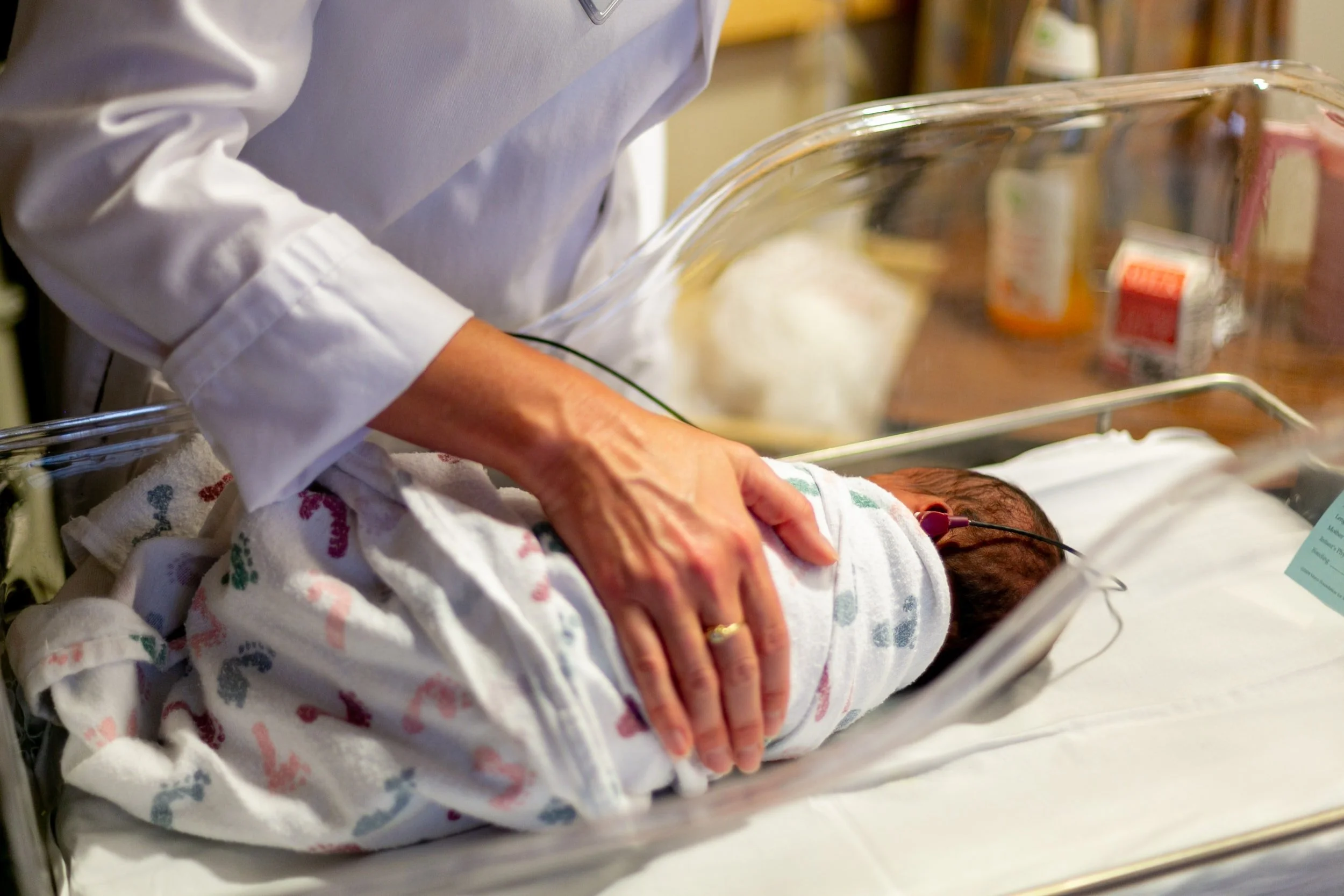Perineal tears are a very common experience after vaginal birth and are estimated to occur in up to 9 out of 10 new mothers. The experience of a tear may equally be upsetting or worrying to a new mum so it can be helpful to know what to expect from recovery and when to seek help if recovery isn’t as expected.
Perineal tears are classified according to the tissues involved. An overview of the classification of tears is as follows:
1st degree involve the skin of the perineum
2nd degree tears involve skin and some of the perineal muscles (around the vagina)
3rd degree tears involve skin, perineal muscles and the anal sphincter muscles (around the bottom) and
4th degree tears extend further into the anal canal.
An episiotomy is a surgical incision made to allow greater space in the vaginal opening during vaginal birth and involves the skin and perineal muscles located 45degrees to one side of the vaginal opening.
1st and second degree tears are usually repaired in the birth suite soon after birth whereas with a deeper tear (3rd or 4th degree) a repair will usually take place in an operating theatre.
Most perineal tears heal well and quickly owing to the excellent blood supply to the perineal area. However sometimes complications can occur including infection and wound breakdown. It can be helpful to know what to expect during healing in order to know when to seek help to reduce the risk or severity of a complication.
Generally, healing should gradually occur within the first 2-4 weeks after birth. Initially there wound site can feel sore and tender but this should slowly reduce. Paracetamol and ibuprofen should provide some relief and may be needed for the first 1-2 weeks. Ice packs applied to the perineum are also excellent to reduce pain and swelling (always cover with a pad or some gauze). Sitting can be uncomfortable so lying down as much as possible is recommended. Using a towel under the sit bones on both sides when sitting can help to reduce pressure on the sutured area.
You may feel some apprehension around using your bladder or bowel with sutures in place however it is unlikely that any harm will occur. Avoiding constipation by maintaining good fluid and fibre intake and using a stool softener is recommended. Adopting a ‘squat-like’ position on the toilet can help to reduce strain on to the perineum. Your bladder should empty as normal after birth. A ‘Pump’ style water bottle can be used to reduce stinging and gentle pat dry is recommended. It is also useful to change your maternity pads regularly to keep the area dry.
Stitches may become slightly itchy as the healing process progresses and sometimes, particularly as you move around more, some pulling or tension can be felt.
However, if:
your stitches get more painful
there's smelly discharge
there's red, swollen skin around the cut (incision) or tear (you can use a mirror to have a look)
these signs may mean you have an infection and you should visit a GP or call your maternity unit/hospital promptly for assessment.
Any other concerns about bladder or bowel function and muscle recovery can also be discussed with your pelvic floor physio. We have an ‘Early postnatal assessment’ appointment type available in person or via Telehealth to troubleshoot these kinds of concerns and keep you on track to an optimal recovery.

